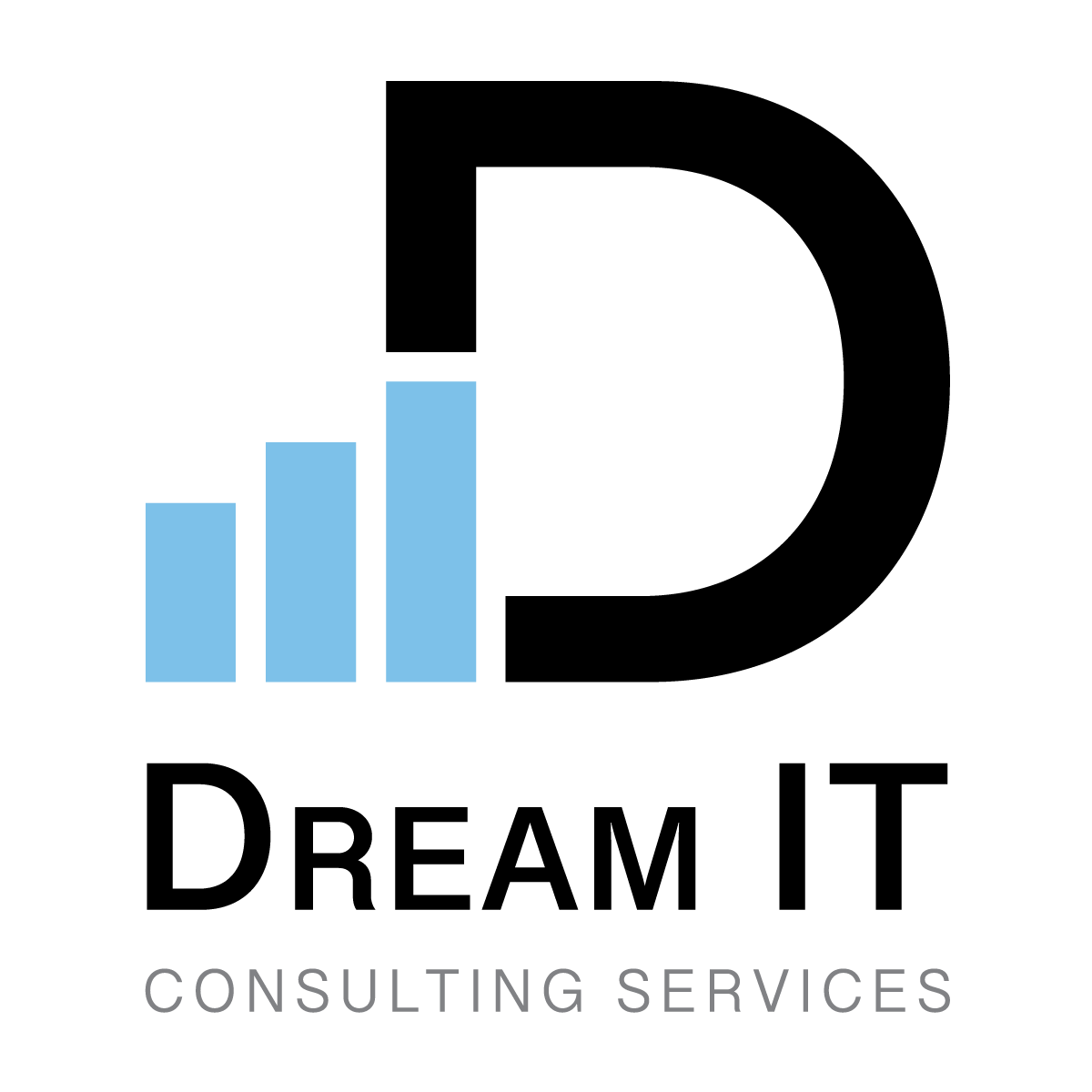Top 5 Reasons to Combine Power BI with Microsoft Fabric for Seamless Analytics
Aug 29
•10 min read

Do you know that the combination of Power BI with Microsoft Fabric is needed by your business analytics stack?
In today's data-driven era, success rests on how fast and efficiently businesses turn raw data into actionable insights. Microsoft addresses this requirement with Microsoft Data Fabric-an integrated, end-to-end platform that brings data engineering, data science, warehousing and business intelligence tools together. When the power is integrated with the BI, it unlocks an advanced, streamlined analytics experience that accelerates decision making throughout the organization.
Here are five compelling reasons why Microsoft Data Fabric and Power BI integration should be a priority for forward-thinking enterprises.
1. Integrated Data Experience with Onelake
Heritage data systems are fragmented, forcing businesses to use several devices for ingestion, storage, and visualization. It often creates a silo and a delay. Microsoft Data Fabric OneLake introduces a centralized cloud-scale data lake that simplifies access to all organizational data.

Due to the Power BI integration, users can query the data directly in OneLake - no separate ETL pipelines or external connectors are required. This reduces overhead and ensures rapid, more accurate reporting.
Key Benefits:
- Centralised Storage: OneLake serves as the main database for all structured and unstructured data.
- Reduced Maintenance: Say no to the confusion and the labour of different tools or pipelines.
- Real-Time Access: Power BI gets the data directly from OneLake and updates the dashboard by getting data on an up-to-the-minute basis.
- Consistent Insights: Through a common pool, the team can be certain of the data, and trust can be reached.
2. Simplified data governance in platforms
The management of data access and policies in the tool can be complex. Microsoft data integrates the Fabric regime at its origin, ensuring that permissions, roles and compliance protocols are continuously applied. With Power BI integration, these rules go automatically into your dashboard.
Key Benefits:
- Centralised Policies: Set governance in one place using Microsoft Data Fabric.
- End-to-end Security: Access rules are applied to the report from the source.
- Regulatory Compliance: HIPAA, GDPR, and SOC support the requirements out of the box.
- Data Dynasty: Track where your data is generated and how it is used.
3. Real-time analytics without duplication
Traditional analytics rely on the transfer of data to the warehouse, causing delays and errors. Microsoft data provides Fabric DirectLake and DirectQuery - allows live query on operating data. Combined with Power BI integration, it enables an up-to-date dashboard without copying the data.
Key Benefits:
- In-Place Analysis: Query OneLake directly using Power BI
- No excesses : Work with a version of the truth.
- Live Reporting : Dashboards reflect real-time business metrics.
- Rapid decision : Leave traditional ETL and achieve rapid insight.
4. Well-organised cooperation between teams
Microsoft Data Fabric unites tools for Fabric engineering, business and analytics teams. Power BI integration allows a shared semantic model, live KPI and colleague dashboard, which removes the requirement of disconnected files or old reports.
Key Benefits:
- Integrated Workspace: Central platform for data, modelling and reports.
- Shared KPI: Everyone continuously aligns on the metrics.
- Cross-Team Access: Users see the same real-time data.
- Instant Updates: Changes in Fabric appear immediately in Power BI.
5. AI and automation capabilities are ready for the future
Analytics is developing from descriptive to predictive. Microsoft Data Fabric AI integrates machine learning and automation, while Power BI adds natural language query and forecasting capabilities.
Together, they enable smart decisions with low manual efforts.
Key Benefits:
- Copilot in Power BI: Use plain English to detect your data.
- Future modelling: Forecast behaviour or performance trends.
- Workflow Automation: Trigger actions based on real-time data.
- No-Code Tools: Business users can generate insights without IT support.
For more information, visit this source: https://www.ilink-digital.com/insights/blog/exploring-microsoft-fabric-and-its-impact-on-power-bi/
Top Questions on Power BI & Microsoft Data Fabric
Q1: How can Microsoft Data Fabric and Power BI integration benefit small to moderate-sized businesses?
A: It helps reduce software complexity and cost by accelerating access to insight through centralised data and a dashboard.
Q2: Is Microsoft Migrating to Fabric Complex?
A: No. Many companies start with a certified Microsoft Solutions partner, such as Dream IT Consulting Services, for setups, integration and data migration.
Q3: Can Power BI without Microsoft Fabric be used?
A: Yes, but integration with Fabric increases governance, performance and real-time capabilities.
Q4: Which industries benefit the most from this integration?
A: All benefits from Power BI integration with areas such as finance, healthcare, logistics, retail, and construction with Microsoft Data Fabric.
From data to clarity, with speed and solidarity:
Power BI + Fabric for Business Prosperity
Microsoft Data Fabric and Power BI integration offer businesses a unique combination of real-time analysis, governance and AI-operated capabilities. Whether you are a small team or a global enterprise, this powerful pair simplifies your data ecosystem and accelerates results.
If your goal is fast insight, better cooperation and intelligence ready for the future, then it is time to find out how Microsoft Data Fabric and Power BI integration can change your business analytics stack.
Share with your community!










